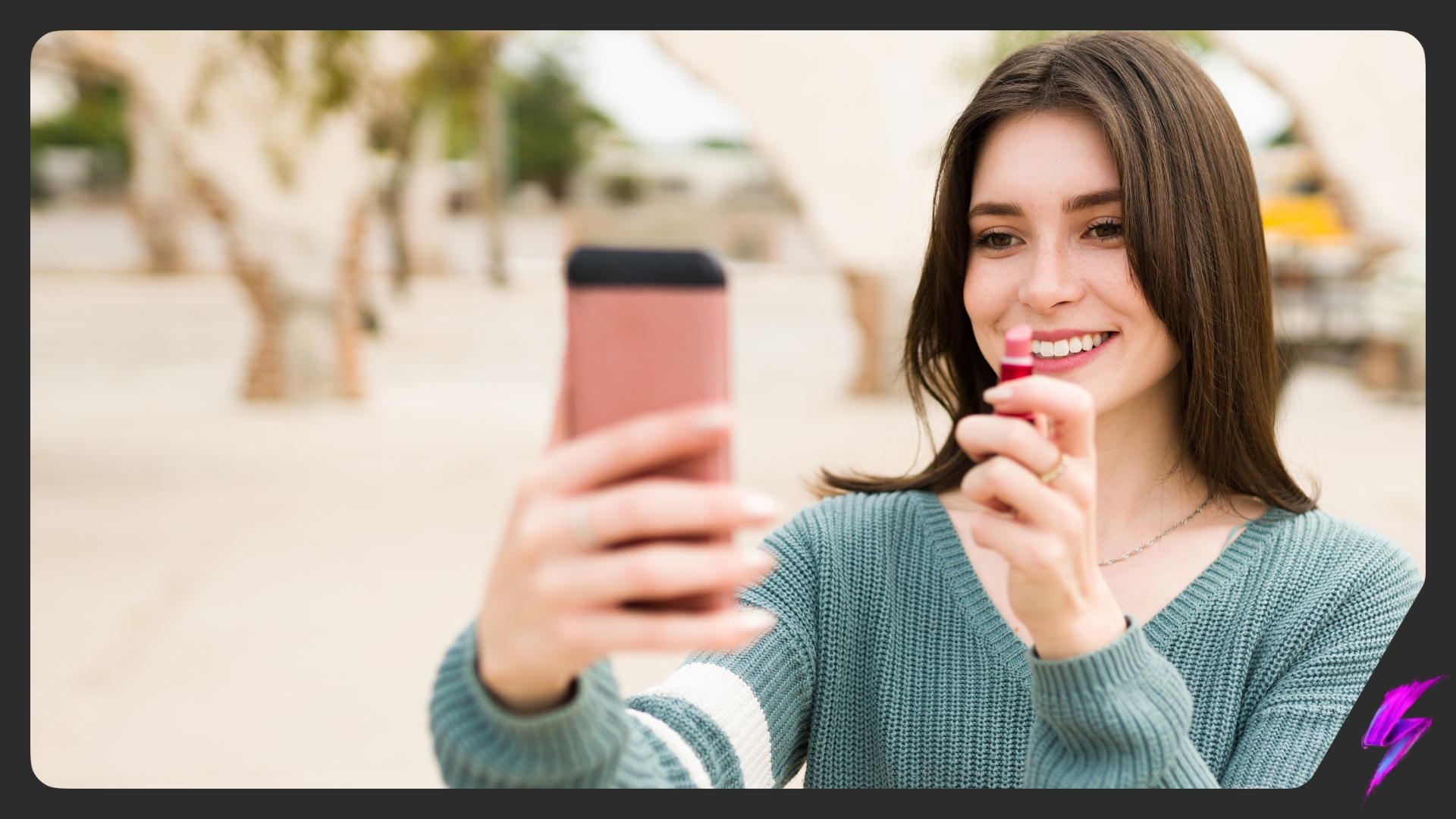The Demand for AR in Retail
Sep 16, 2021
Industry Trends

Augmented Reality (AR) in retail isn’t anything new, but it is still exciting. As a result of interactive AR games (think the 2016 Pokémon Go frenzy), consumers have become used to using AR technology in everyday life through their own personal technology. For retailers, this creates a brand new audience of consumers that are ready to be marketed to through the use of AR tech.
Currently, retail brands aren’t consistently taking advantage of the novelty of AR marketing. Brands within the fashion and cosmetics industries—and the homeware industry—are leading the way by using AR as their audiences habitually use their mobile devices to discover and purchase products. However, many other industries are only using AR as a brand-awareness and discovery tool and not as part of the purchasing funnel.
Although there is a slower uptake for AR shopping, it has received some major investment from big players. Snapchat recently acquired AR asset creation company Vertebrae in order to solidify its position as the marketing leader in mobile commerce. Vertebrae specialises in 3D digital assets of real life items, helping Snapchat and retail brands erase the barrier to entry for creating AR storefronts.
Google has also begun investing into AR try-on technologies by working alongside Modiface and Perfect Corp. Working with these has allowed Google to implement AR into its own ecosystem to retain control, but also allows advertising partners to reach the new pro-AR consumers.
L’Oréal has been leading the AR demand since it acquired Modiface in 2018. During lockdown, L’Oréal took advantage of the advanced move to digital and launched “the first digital makeup line” including filters that applied virtual makeup during calls. They were launched under the Signature Faces brand across Snapchat, Instagram and Google Duo.
Apple and IKEA have also begun using AR to assist the sales funnel by making AR product catalogues that allow users to see what their products look like in their own homes. AR is helping create new products and allowing for effective selling of existing products. As technology continues to evolve, the retail landscape will likely see more AR opportunities.
As consumers begin to re-enter the new normal and stores are reopening, brands are given the opportunity to blend the demand for AR that developed in lockdown with the demand for being out in society. Brands can give consumers the opportunity to visualise a product on themselves or in their personal spaces before visiting a physical store. Not only does this alleviate the AR demand but heavily assists impulse purchases and keeps audiences engaged for much longer than a static image or video.
Brands using AR in retail
L’Oréal
L’Oréal created an AR TikTok filter that allowed users to change their hair colour to one available in the L’Oréal Colorista range. Users were encouraged to share their augmented-reality hair transformation using the hashtag #GoBoldColorista. At the time of writing, the hashtag has over 3.1 billion views.
@lenkalul##GoBoldColorista ##AD trying this cool @lorealparis hair filter! ?? ##hair♬ #GoBoldColorista – L’Oreal Paris
The AR filter and campaign not only raised brand awareness significantly, but also entertained users and creators by showcasing product results digitally.
Maybelline
Maybelline Germany used an AR filter to support a TikTok hashtag campaign. The #LiftMyMood campaign saw creators use an AR filter that alternated between 3 Lifter lipgloss shades when they pouted at the camera. Pairing a fun sound with an interactive filter generated over 3.1 billion views to the hashtag.
@maybelline_deWerde auch du Teil der ##LiftMyMood Challenge und zeig uns dein Mood-Uplift!♬ Lifter Gloss gonna Lift My Mood – MAYBELLINE NEW YORK
IKEA
IKEA Place is an AR app that allows users with Apple iOS 11 products to test IKEA products in real time. Using Apple iOS 11’s ARKit technology, the app scales products based on room dimensions with 98% accuracy. Users can browse through over 2,000 IKEA products on the app, decide where they want the product to place in the room and visualise the purchase in AR. The app allows users to save their favourite products and share their selections on social media and facilitates purchases through the IKEA website.

Our Influencer marketing agency and Social agency are located worldwide, with our agency network based in the USA, UK, UAE and China.
If you want to receive our industry insights, visit our Influencer Marketing & Social Media blog.
@ Socially Powerful
[cta]
Popular Blogs
Most Popular Instagram Hashtags | Tiktok Hashtags | Instagram Monetization | Facebook Banner Size | Snapchat Influencers | Most Subscribed Youtubers | Best Time to Post on Youtube | UK Twitch Streamers | Female Twitch Streamers | Popular Tiktok Songs | Male Tiktok Influencers | Lgbtq Tiktok Influencers | The Rise and Fall of Clubhouse | Influencer Marketing on Clubhouse | LiketoKnowit | Pretty Little Thing Instagram| Top Social Marketing Agencies
Social And Influencer Marketing News + Insights
Get in touch
We'll show you how to start powerful conversation, drive social engagement, build your brand, hit sales targets or meet other goals you have, wherever you are in the world.
Work with us





